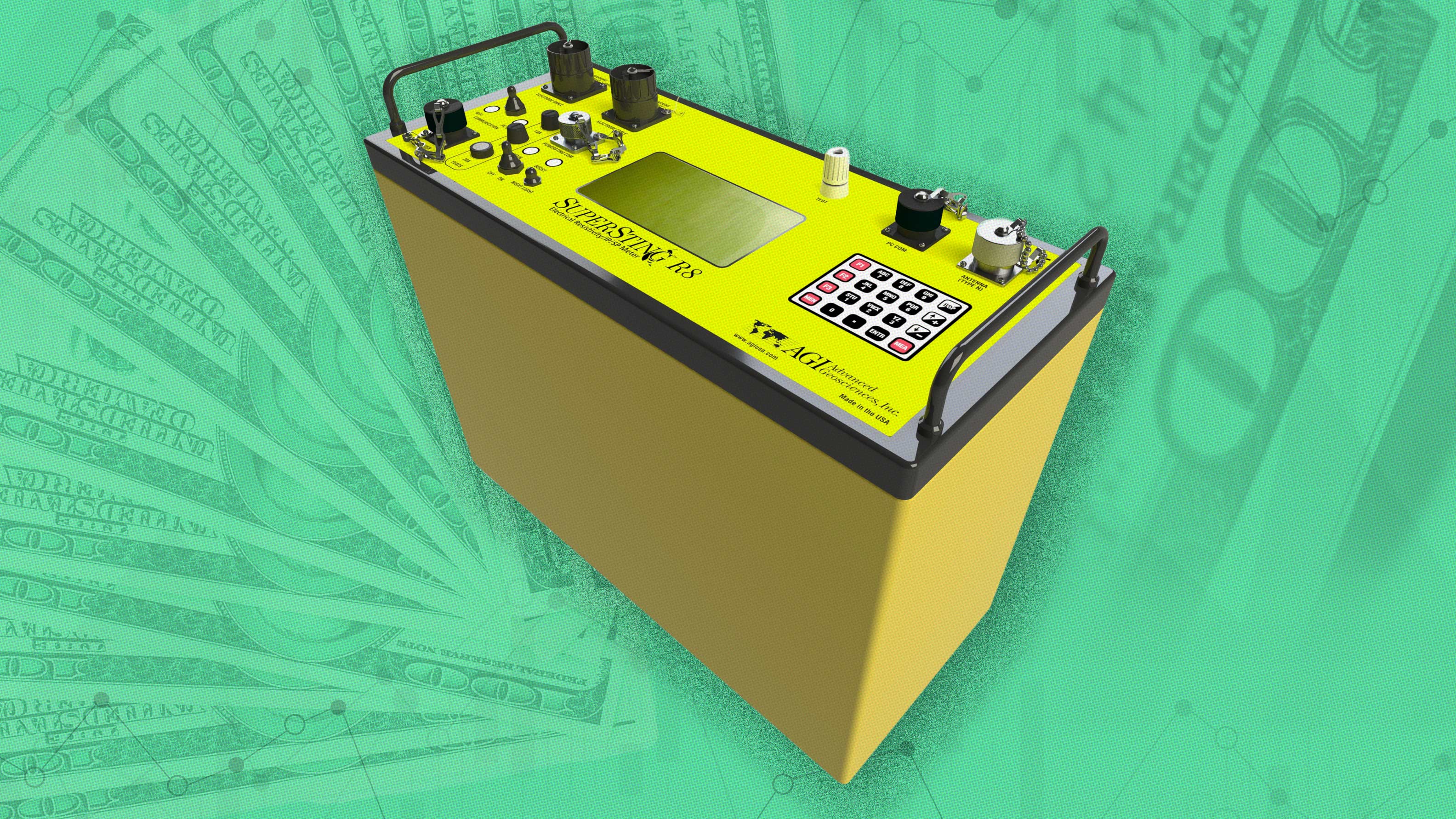
In past articles, we’ve covered many ways industries apply Electrical Resistivity Imaging (ERI) for their benefit. From groundwater exploration to power engineering, and even archeology—we’ve shown the versatility of the electrical methods of subsurface exploration. But what if you don’t fit into one particular sector? Perhaps you’re a consultant or geophysicist for hire. For those who are looking for new and profitable opportunities in their field—and haven't used electrical geophysical methods—this article may be of great help.
Integrating ERI into your service offerings can enhance your value to clients across various sectors. Here, we explore ten avenues to diversify your portfolio of services with ERI—showcasing the method's adaptability and potential to address complex subsurface challenges.
If you’re new to ERI, you may have a question about the depths you can reach. Check out our blog post “Quick Tip: Depth of Investigation for ERI Surveys,” but a general rule is that the penetrating depth is about 15-25% of the largest array length for any four-electrode array.
1. Green Energy:
The transition to renewable energy sources is accelerating. Use ERI to locate geothermal hotspots or monitor carbon capture and storage (CCS) facilities. Your expertise can guide the development of sustainable energy projects, aiding in the global quest for cleaner power solutions. As we’ll mention below, ERI is useful for construction projects and extends to green energy initiatives. Important structures like dams, wind farms, and solar farms need strong foundations to build on, which requires bedrock and karst mapping.

CASE HISTORY: Geotechnical Site Characterization on a Cliff for a Dam Construction
2. Water Resource Management:
Water is a critical yet scarce resource in many regions. Through ERI, you can assist in identifying and managing groundwater resources, helping to secure potable water supplies, and addressing contamination issues. This application is vital for environmental sustainability and supports community development and agricultural planning. In the energy sector, ERI helps to find water for hydrofracking but also helps mitigate the risks from hydrofracking projects by ensuring the water used is managed responsibly.

BLOG POST: What ERI Survey Is Best For Groundwater Exploration?
3. Environmental Impact Studies and Remediation:
Speaking of hydrofracking—as geoscientists—it should be our duty to use our knowledge and resources to protect the environment before projects begin and help remediate if things go wrong. As such, you can expand your services to include environmental impact assessments. ERI can detect contaminant plumes, assess soil health, ensure projects comply with environmental regulations, and promote sustainable practices.

CASE HISTORY: Biowaste Infiltration Assessment
4. Construction Site Assessment:
Before any construction project begins, understanding the subsurface is essential. ERI can assess land suitability, identify underground water flows, and highlight potential geohazards like caves. Offer your clients the foresight to prevent costly complications and ensure project success.

CASE HISTORY: High-Resolution 3D Resistivity Imaging to Locate Caves
5. Infrastructure Monitoring:
Infrastructure integrity is vital for public safety and economic stability. With ERI, you can monitor the structural health of bridges, dams, levees, and more, identifying potential hazards before they escalate. This application is especially critical for aging infrastructure or areas prone to environmental impacts.

CASE HISTORY: Inspecting Leakage Of A Dam In Brazil
6. Mineral Exploration:
By identifying mineral deposits, ERI can reveal the hidden potential beneath the earth's surface. As the demand for minerals grows, offering mineral exploration services can position you as a key player in the mining industry's efforts to locate new resources. For further diversity—ERI can detect metallic and non-metallic minerals.

CASE HISTORY: Locating Gold Deposits In The Yukon
7. Educational Workshops and Training:
Share your knowledge and expertise in ERI by conducting workshops and training sessions. Educate budding geophysicists, industry professionals, or students about the principles and applications of ERI, fostering the next generation of geoscience experts.

CASE HISTORY: Marine Resistivity Survey on the Lagoon of Venice, Italy
8. Disaster Risk Assessment:
ERI's ability to assess areas prone to geohazards makes it an invaluable tool for disaster risk management. Offer your services to local governments and communities, helping them develop strategies to mitigate risks associated with landslides, earthquakes, cave-ins, or floods.

CASE HISTORY: Landslide Slope Investigation In The Ozark Mountains
9. Waste Management:
In the context of urban development and environmental stewardship, waste management is a growing concern. Use ERI to assist in selecting and monitoring landfill sites, ensuring sustainable waste disposal practices that minimize environmental impact.

CASE HISTORY: 3D Time-Domain Induced Polarization of a Desert Aridisol for Septic Design
10. Archeology and Forensics:
As we mentioned in our last blog post, ERI is a non-intrusive technology that works well at shallow depths, making it a powerful tool in archeology and forensics. In the academic world, you can locate and map ancient structures. For law enforcement, you could play a key role in locating buried evidence or bodies. Either way, your services could help uncover hidden truths efficiently and non-invasively—adding a valuable dimension to your professional capabilities.

CASE HISTORY: Searching For Archeological Anomalies In The Oluz Mound
Go Forth, And Diversify!
By incorporating ERI into your range of services, you diversify your portfolio and enhance your ability to provide comprehensive solutions to complex geophysical challenges. This versatility opens doors to new sectors and opportunities, establishing you as a versatile and indispensable resource in the geosciences field.

